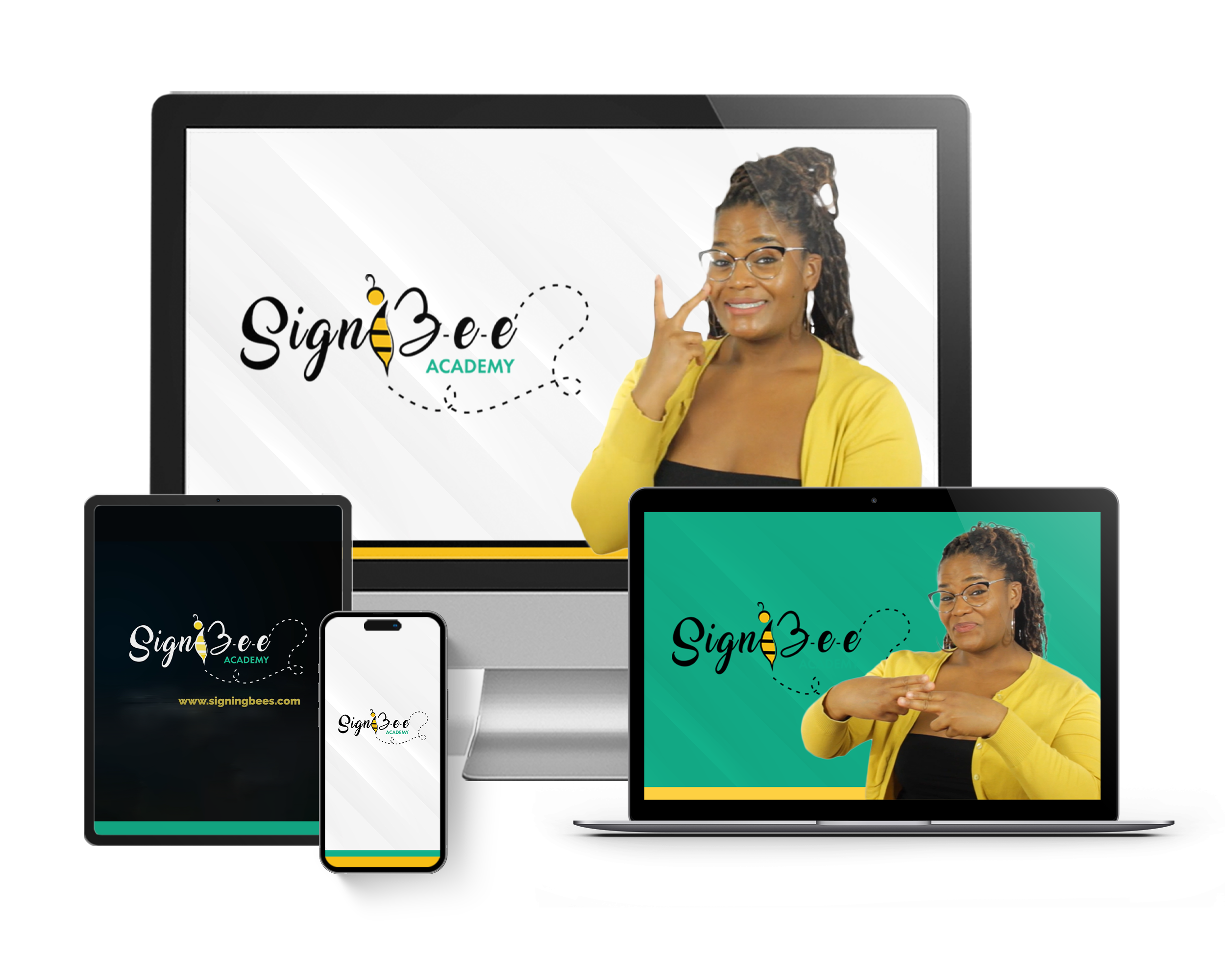Early childhood education refers to any type of education, formal or informal, provided to a kid between the ages of 0 and 8 years. The goal of this type of education is to get kids ready to participate actively in their surroundings. One of the needs that early childhood education aims to meet is the development of children’s cognitive skills, which also happens to be one of ASL’s objectives. However, aside from this, there are additional reasons why ASL should be incorporated into early childhood education. These reasons will be covered in this article.
How Early Childhood Education and ASL Share the Same Objectives
Most early childhood education seeks to meet the physical, emotional, language, social, and academic needs of children. This is no different from the benefits of learning ASL.
Physical Needs:
Children’s physical health is one goal of early childhood education, which is why there are many outdoor activities—that include a variety of sports and games in the curriculum. The inability to engage in diverse physical activities by children prevents them from building strong bones and muscles. Just like it does for adults, a child’s heart suffers from a lack of physical activity.
These outdoor games employed in early childhood education can involve ASL as a component because as children use their hands, faces, and bodies simultaneously while using ASL, it starts to contribute to enhancing their physical health. Their muscles grow more flexible as they sign more.
Cognitive Needs:
Image by rawpixel.com on Freepik
Any early childhood education that succeeds in developing the inquisitive nature of children between the ages of 0 and 8 years, can be said to be successful because when a child can use his senses to be innovative and creative, it indicates that his cognitive abilities are growing. ASL promotes these as well. We can say this because the development of sign language, one of man’s greatest discoveries, shows how much mankind utilized its cognitive skills. Thus, it stands to reason that regular ASL communication will certainly increase a child’s cognitive capacities.
Social Needs:
It is always ideal to make sure children have the tools they need to build social interactions and social behavior. As stated earlier, their ability to interact with their peers and adults acceptably is a major reason for early childhood education. This also applies to the ability to be able to listen to instructions and accept corrections.
For deaf and hard-of-hearing children, ASL provides more confidence for them to interact with and meet other kids. While for hearing children, ASL is the tool that helps them understand their peers who have any kind of hearing impairment. Together, ASL and early childhood education help these kids develop a strong sense of empathy, which improves their social skills.
Emotional Needs:
Early childhood education helps children develop their emotional intelligence while addressing their social needs because part of what they will learn gives them the ability to listen to others and influence others to listen to them. ASL enhances this too. For example, if a peer who happens to understand ASL encounters a crying child on the playground who also understands ASL, he can communicate with him and help in whichever way he can.
Language Development:
ASL aims to speed up children’s means of self-expression and communication using relatively vivid language as they attempt to make sense of the spoken language to which they are already exposed. So, given that children begin using gestures and babble from age 0 as a part of their first sign language, to relate with the world around them, it is much easier to continue teaching them ASL alongside other lessons during the period of early childhood education. Allowing for such integration increases the likelihood that these children will be ASL-fluent adults, thereby enhancing their chances of contributing more significantly to society.
Academic Needs:
Only a child who has all of his social, emotional, and physical needs met can be considered to be well-balanced, and it is a well-balanced child that has a better chance of achieving high academic success. Considering ASL’s role in meeting these needs mentioned, it follows that its inclusion in early childhood education enhances children’s academic achievement.
How ASL Helps to Solve Two Major Issues in Early Childhood Education
The inclusion of ASL in early childhood education can aid in resolving some issues that may be encountered by the many parties involved in such programs. Among these issues are:
Parent or Guardian Participation:
There are times when parents or a child’s guardian might struggle to find a place of involvement during their child’s early childhood education, either because they feel as though they might not have anything to offer or nothing new to ignite their interest. This can lead to the educators becoming irritated by their absence and lack of participation. However, with the inclusion of ASL, there is a possibility that the various ASL activities that might be added will encourage them to engage in ASL acquisition alongside their child.
Workers’ Qualification and Availability:
Beyond allowing you to interact with members of the Deaf communities, learning ASL has many other benefits. One of which is that ASL helps people with or without hearing impairments become competent in and of themselves, thus enabling them to fill as many roles as possible in society as far as their higher education permits. This goes further to increase the number of employees in the early childhood industry, with people who are not just able to take care of children between ages 0 to 8, but who are also able to educate the deaf and hard-of-hearing children that are in this category.
Conclusion:
When we consider the many needs that ASL and early childhood education try to meet, and the whole child they seek to develop, we can see that these two learning programs, when combined, can benefit a child a great deal. Any early childhood education can benefit from incorporating ASL in its program.
Do you want to learn ASL? Let SignBee Academy assist you by providing you with my ASL courses.
Thumbnail Photo Credit by: Image by rawpixel.com on Freepik




